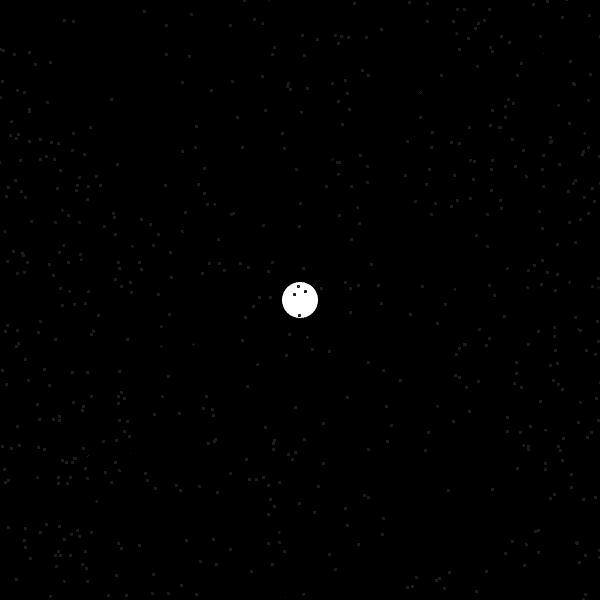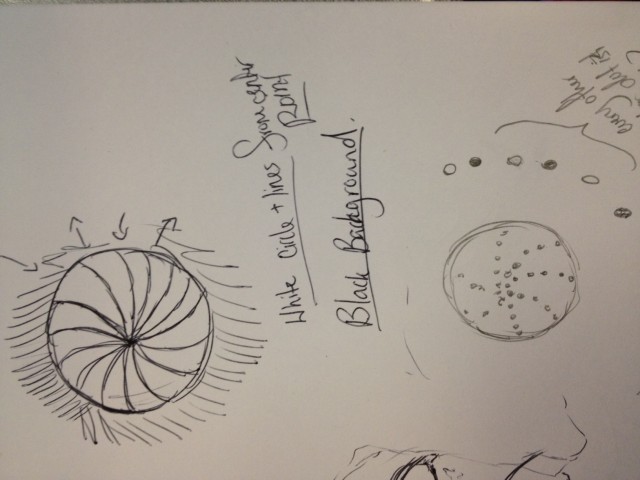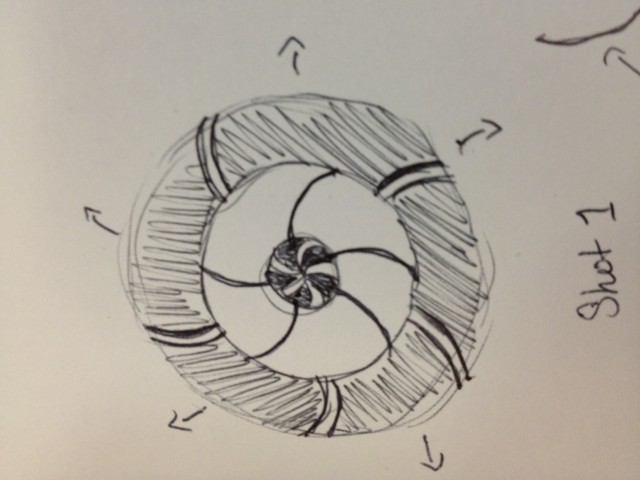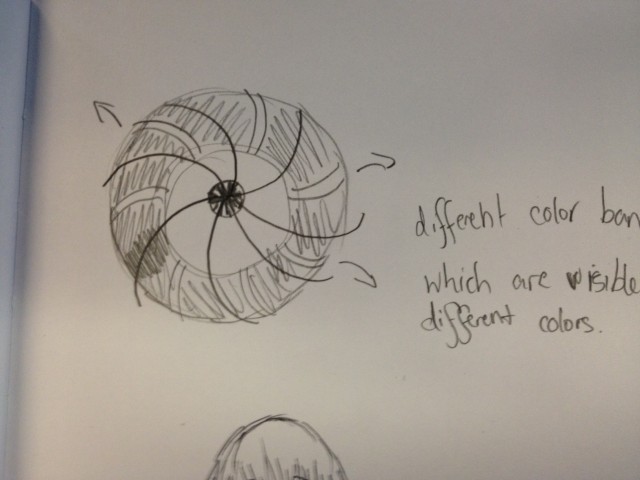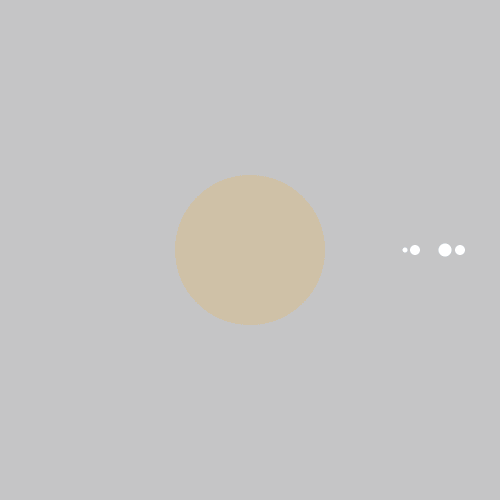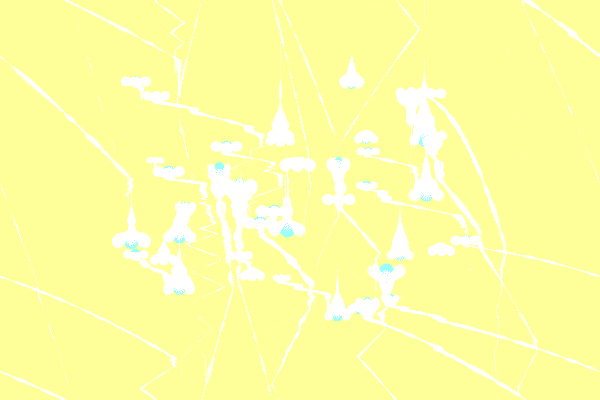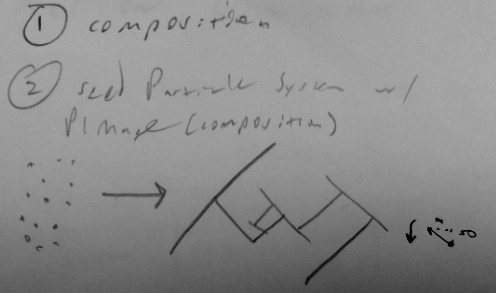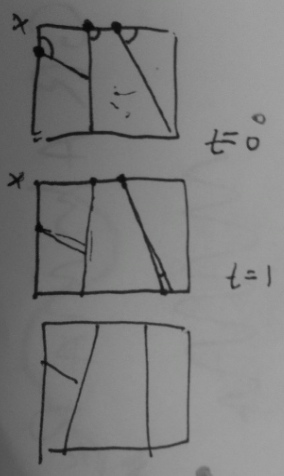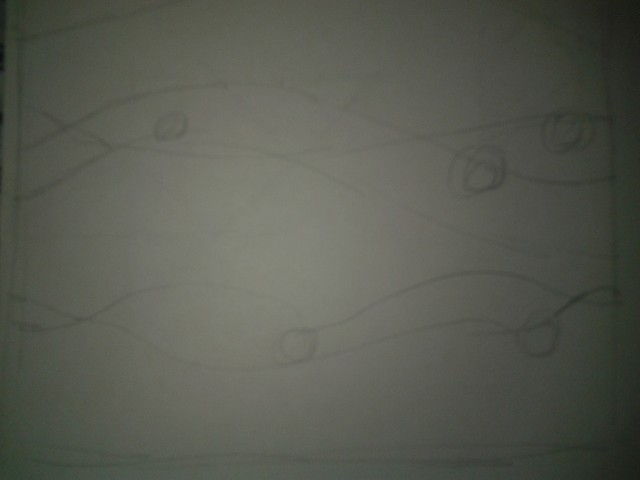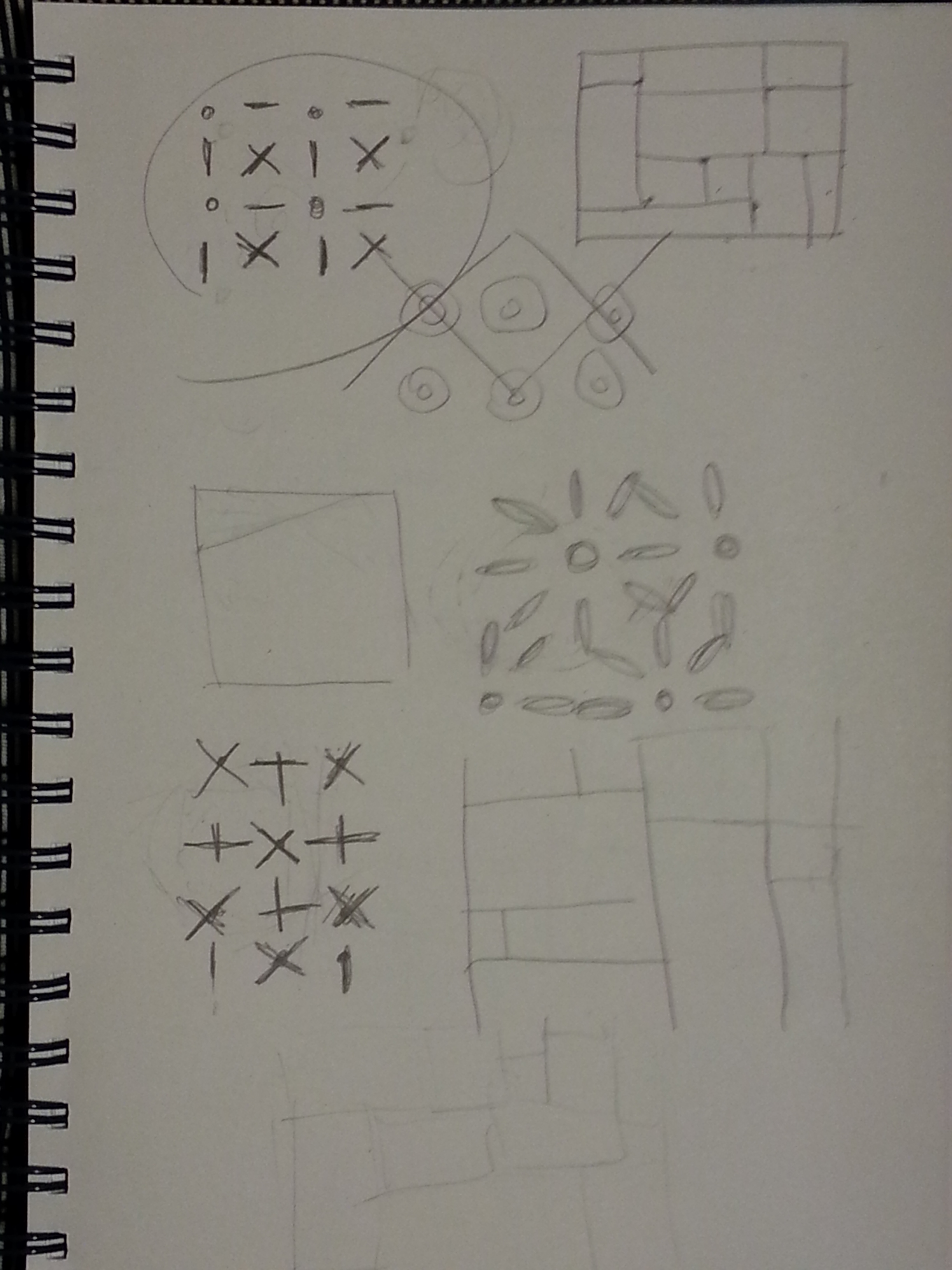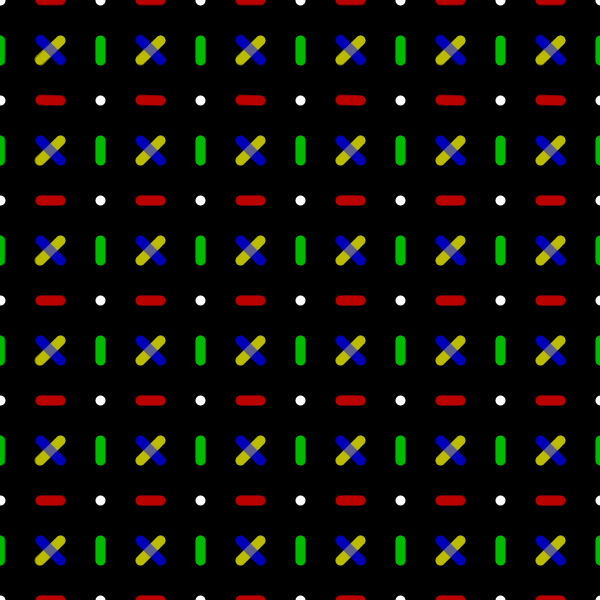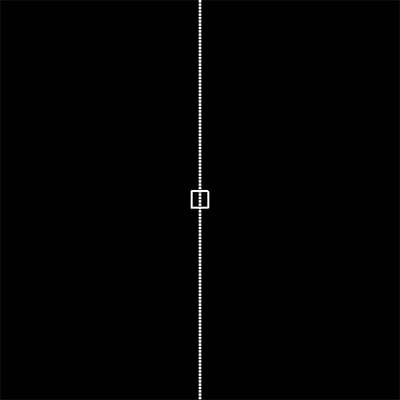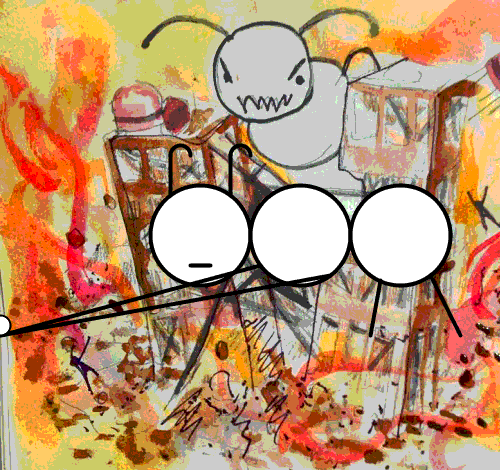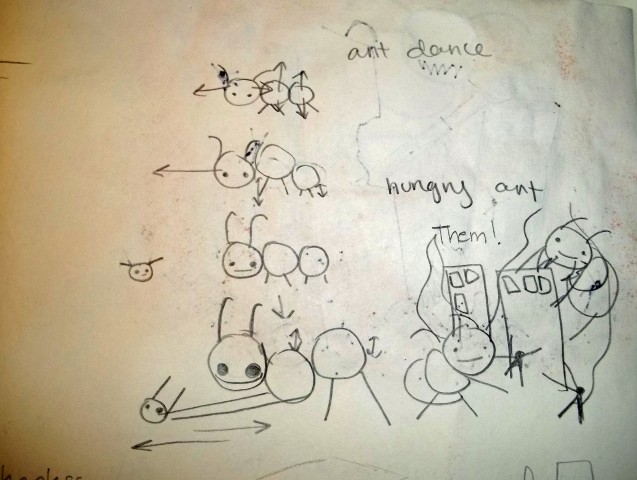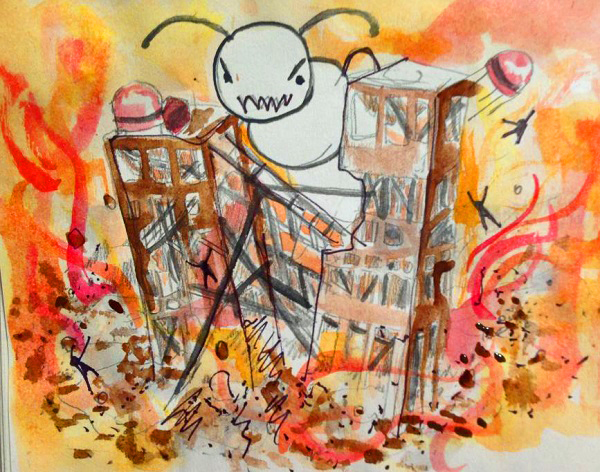Kristina -GIF
I still can’t seem to make this into a GIF… but at least it’s not working at a normal speed.
int nFramesInLoop=20;
int nElapsedFrames;
void setup() {
size(300, 300);
background(20);
}
void draw() {
fill(0, 0, 60, 20);
rect(0, 0, 500, 200);
for (int skyh = 0;skyh<=150;skyh++) {
for (int skyv =0;skyv<=150;skyv++) {
pushMatrix();
float randstars = random(-20, 20);
float randstars2 = random (-20, 20);
translate(1+30*skyh+randstars, 1+randstars2 +16*skyv);
fill(0);
rect(0, 0, 200, 300);
fill(255);
ellipse(0, 0, 1, 1);
popMatrix();
}
}
//Adding the buildings of the city
fill(110);
noStroke();
rect(0, 100, 30, 100);
//adding lit windows to this particualr building
for (int b2=0; b2 < 3; b2++) {
for (int b3 = 0; b3<=8;b3++) {
pushMatrix();
fill(200, 220, 255);
translate(3+10*b2, 110+10*b3);
rect(0, 0, 4, 5);
popMatrix();
//continuing to add buildings
fill(95);
rect(120, 120, 150, 80);
fill(50);
rect(30, 70, 120, 130);
fill(255, 200, 0);
//adding lights to this particular building also
for (int i=0;i<12;i++) {
for (int j=0;j<=12;j++) {
pushMatrix();
fill(255, 200, 0);
translate(32+10*i, 75+10*j);
rect(0, 0, 5, 5);
popMatrix();
}
fill(100);
rect(280, 50, 110, 150);
fill(70);
rect(170, 150, 130, 50);
}
//adding a reflection in the water for the yellow building
fill(0);
rect(0, 200, 300, 200);
for (int k=0;k<=8;k++) {
for (int l = 0; l<=12; l++) {
float rand = random(-10, 10);
float rand2 = random(-10, 10);
pushMatrix();
fill(255, 200, 0, 220);
translate(28+rand+15*k, 210+rand2+15*l);
//rect(0, 0, 5, 7);
//fill(200,100,0,100);
rect(0, 0, 18, 3);
popMatrix();
}
}
for (int reflectb2=0;reflectb2<=4;reflectb2++) {
for (int reflectb3 = 0; reflectb3<12; reflectb3++) {
float randb2 = random(-10, 10);
float randb3 = random(-10, 10);
pushMatrix();
fill(200, 220, 255, 220);
translate(randb2+15*reflectb2, 210+randb3+15*reflectb3);
rect(0, 0, 18, 3);
popMatrix();
}
}
}
}
}
[/embed]
Here is my code... I need to find a way to randomly generate buildings and their accompanying lights withuot having to do it individually every time! My code finally got so slow I only ever rendered two buildings...
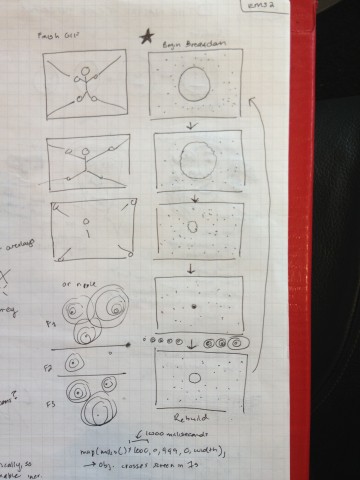

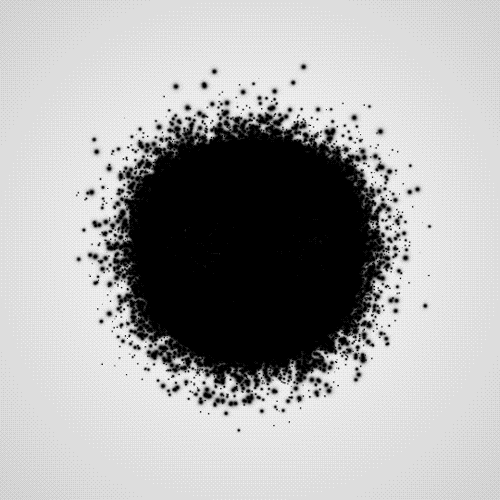
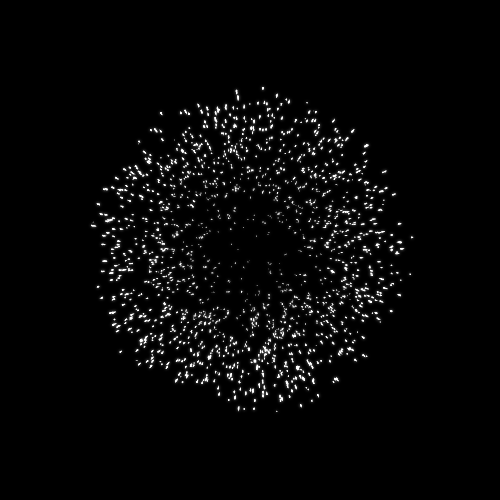 by dvdp
by dvdp
